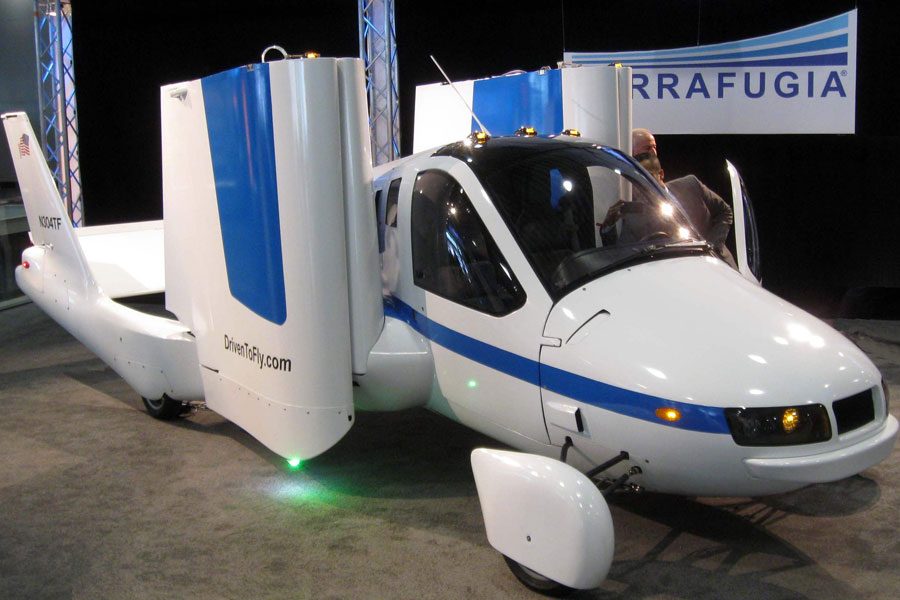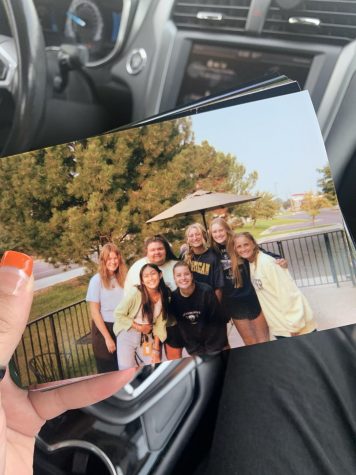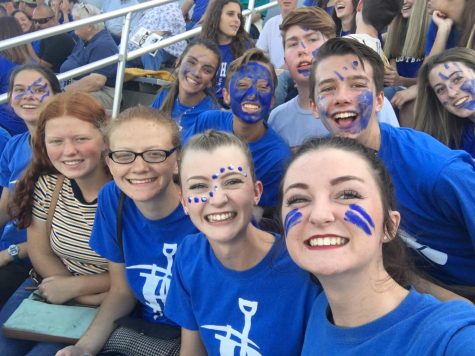Transportation Tips
Photo by Terrafugia
We live in a time where we complain about long commutes, standstill traffic, and never-ending road construction. However, engineers and entrepreneurs are designing new ways to get you from point A to B faster, cheaper, and more efficiently.
Flying cars have been seen in movies like Harry Potter and Back to the Future but some companies and startups have been trying to design the real thing. Forbes said Uber plans to start testing their flying taxi service, Uber Elevate, in Dubai, Dallas-Fort Worth and Los Angeles by 2020. Their promotional video shows a hybrid of a drone and a plane as it takes off from a rooftop carrying a working mother to her family. Though no prototype has been made, Uber has high hopes.
Another company has also been developing their own flying car. Terrafugia, started by MIT graduates, have created what they call “the world’s first practical flying car.” The Transition is a two-seat car with foldable wings that can go from driving on the highway to flying up to 100 mph. According to Terrafugia’s website, they have already successfully created and tested two full-sized prototypes. They are also working on a mass-market flying car called the TF-X.
If flying isn’t your thing, maybe one day you can try the Hyperloop. The Hyperloop is a capsule that would shoot people through a low friction tube at incredibly high speeds. Elon Musk introduced the idea to the world in 2013 and left it open source for anyone to tackle. Hyperloop One is one of these startups that have been building a Hyperloop and testing it out in the Nevada desert. MIT Technology Review said the capsule would float on a bed of air and be pushed along with air propulsion. The low friction allows it to move much faster than a plane or train, around 700 miles per hour, or at least that’s the dream. Hyperloop One tested their prototype last year and were able to reach 192 miles per hour in 5 seconds. Musk talked about how this technology could get you from San Francisco to Los Angeles in 35 minutes compared to a 6-hour drive.
Every year, our technology gets faster, smaller, and more efficient but so why doesn’t our modes of transportation do too. Innovators like Terrafugia and Hyperloop One hope to forever change the way we travel.

Britney Chen is a senior at Bingham. A long time Utahn and a brief native Chinese, she spends her time...






